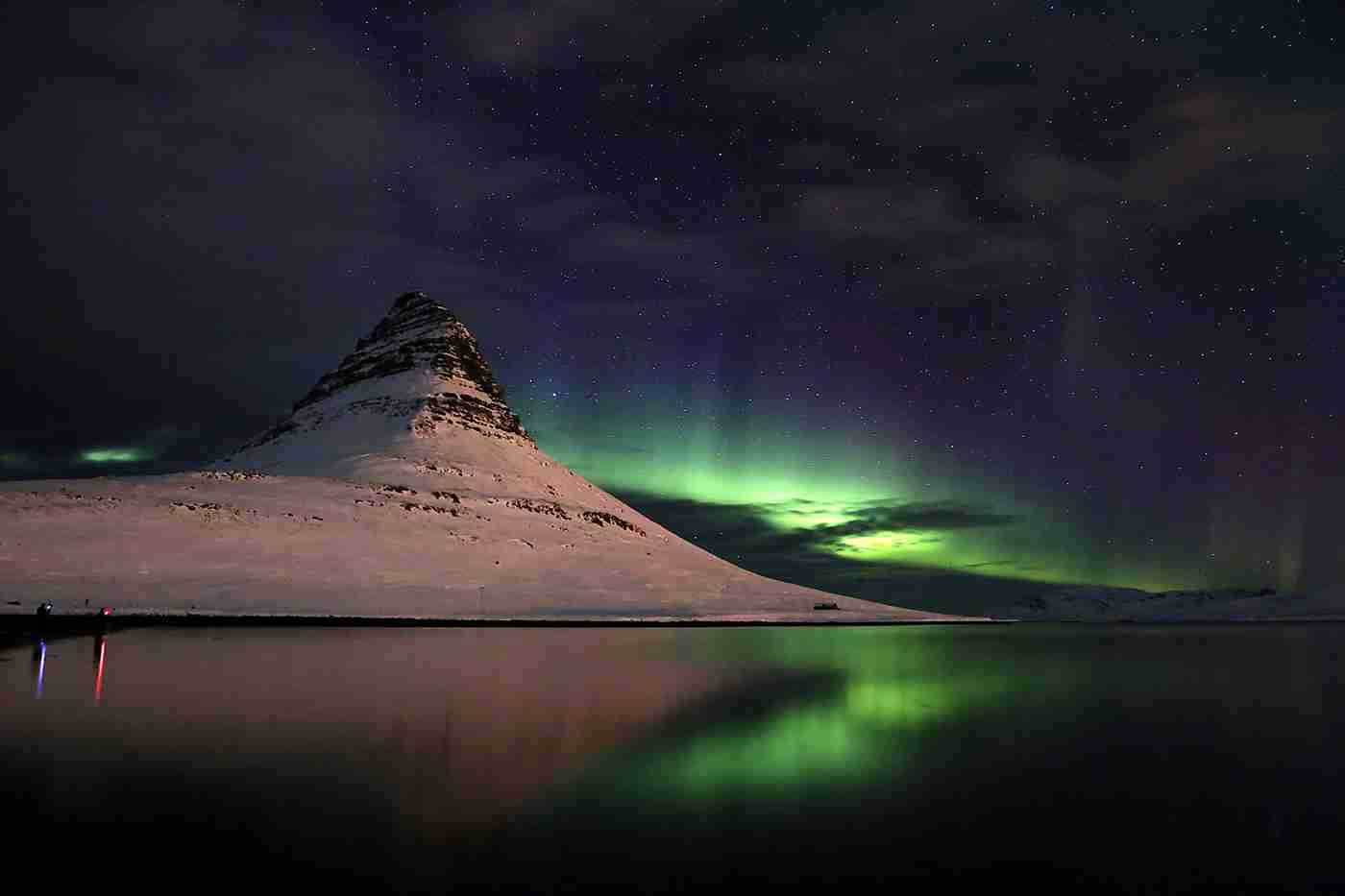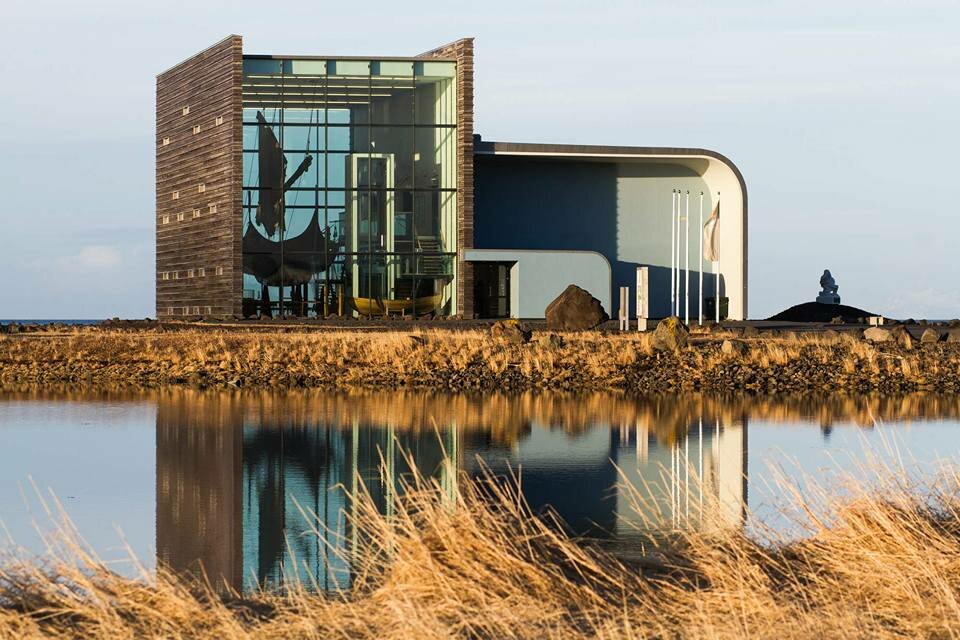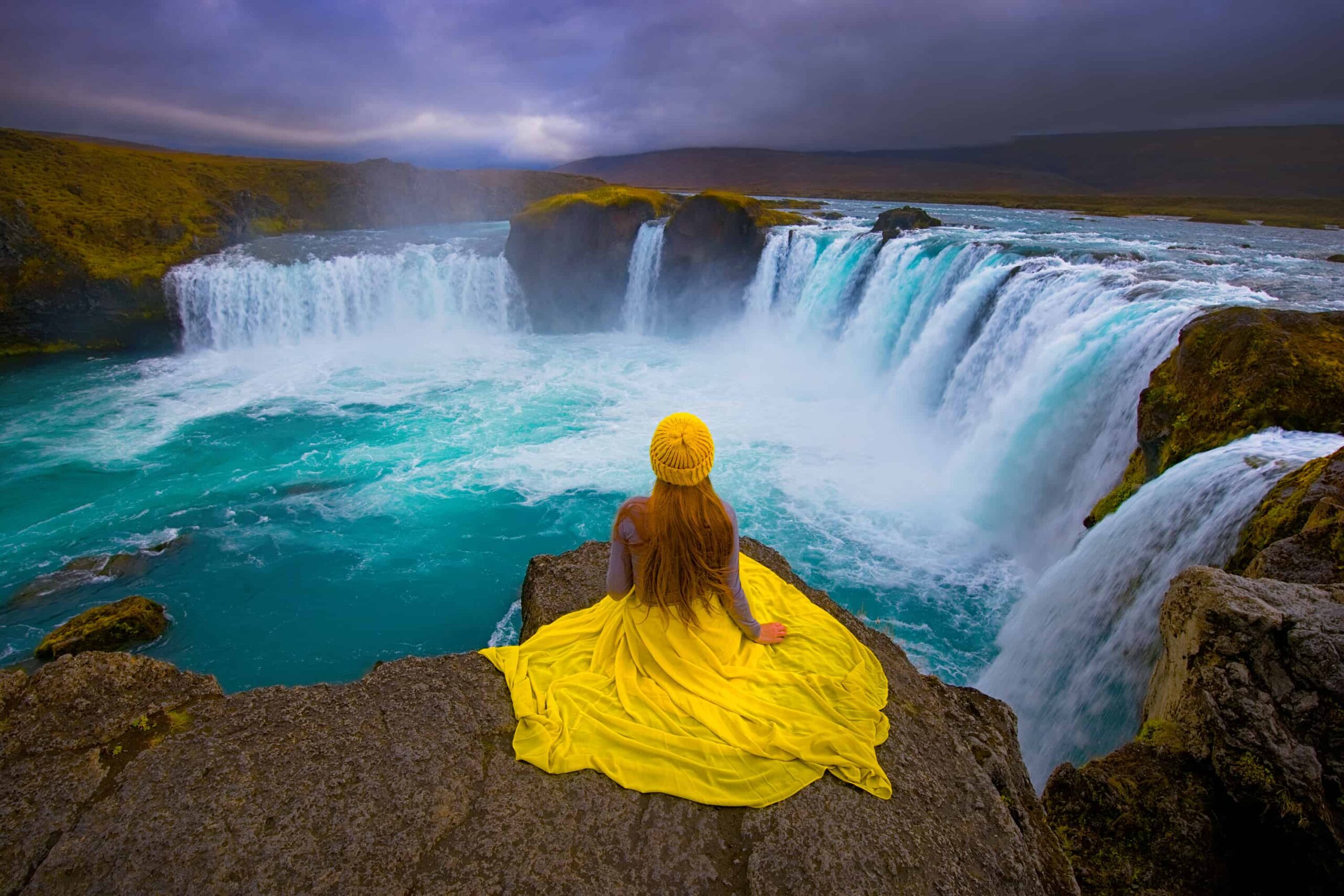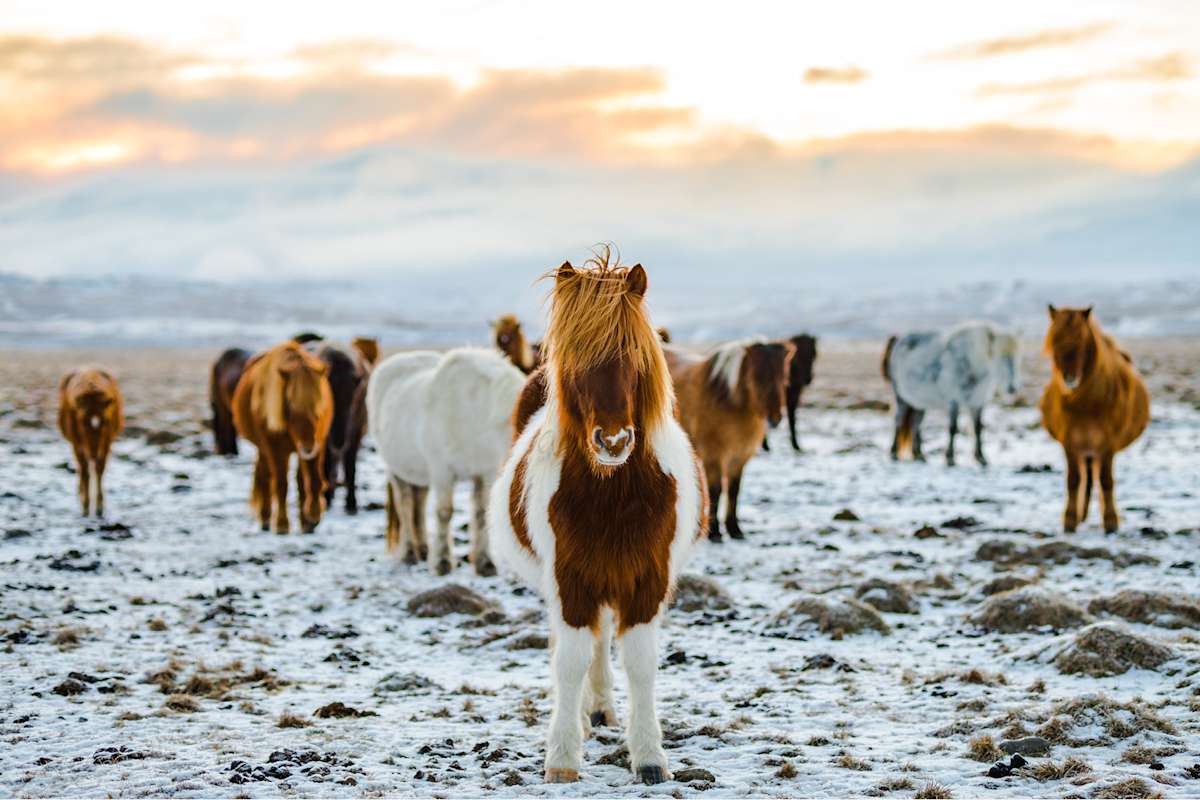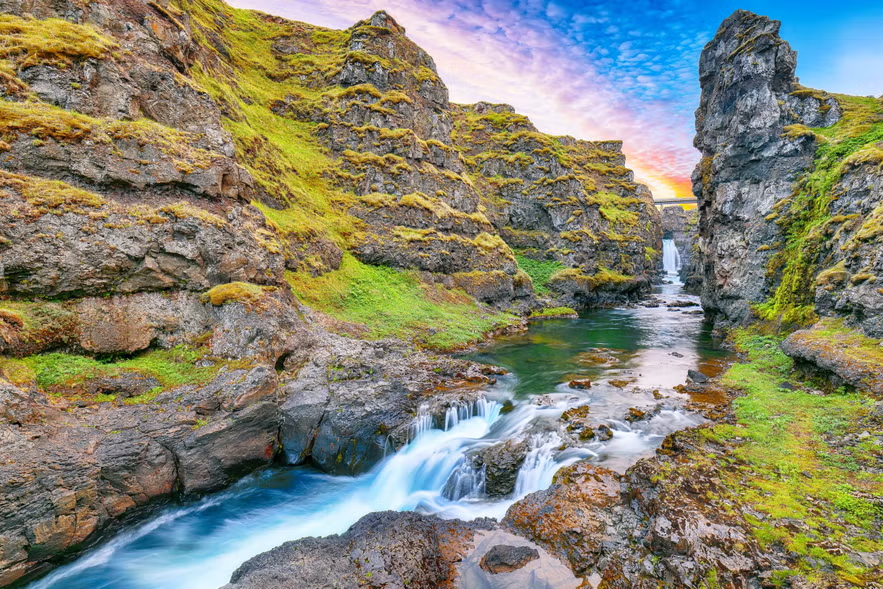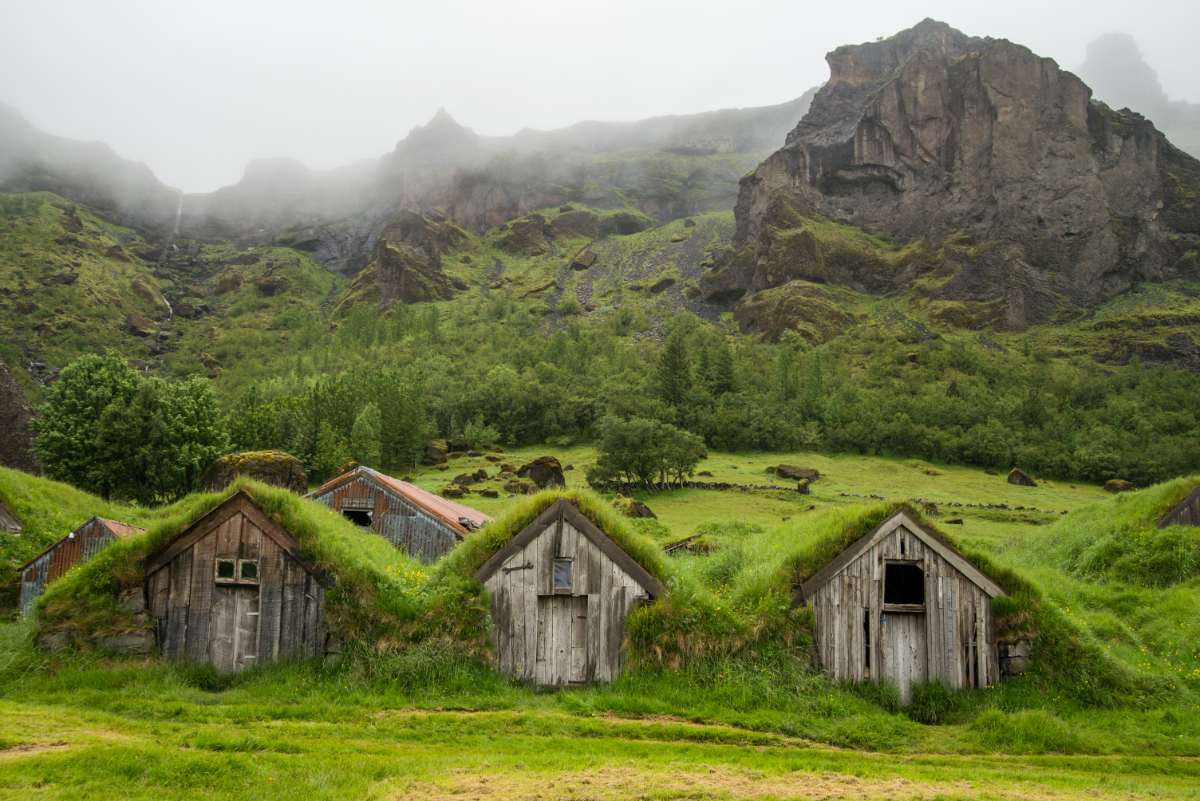Best Time to See the Northern Lights in Iceland
Category
Categories
Travel Guide
Type
Glacier Lagoons, Bird Sights
Destination
Vatnajokull national Park
High season
Jun - Aug & Nov - Jan
Area
18 sq km
Outflow
Atlantic Ocean
Popular articles
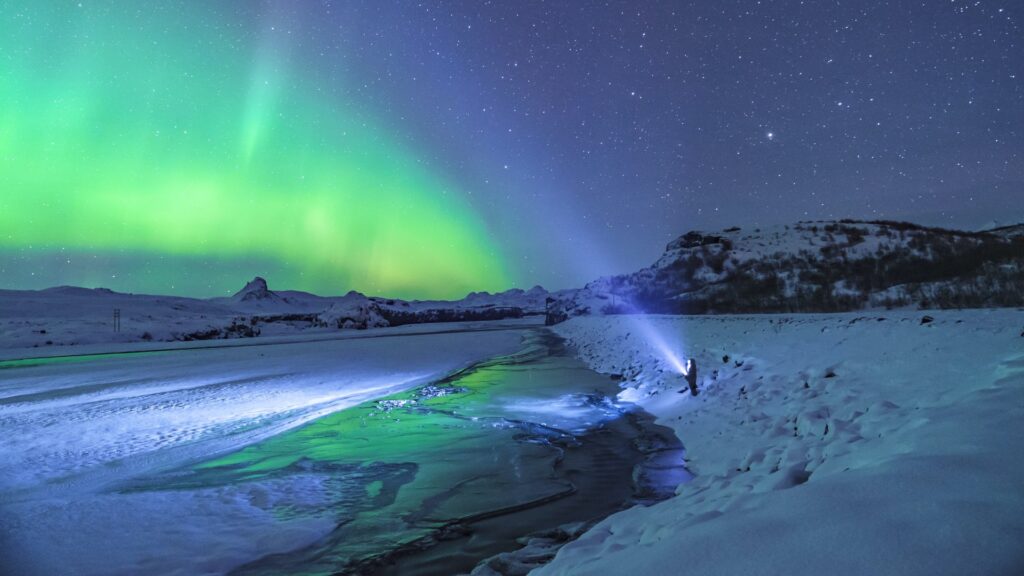
Introduction:
There is hardly anything that rivals the spectacle of the Aurora Borealis, or the Northern Lights, in the world of natural phenomena. Their ethereal dance across the night sky is a sight to behold. And there is no better place to experience this otherworldly spectacle than in the ‘Land of Fire and Ice’, Iceland. With its untouched wilderness, geographic seclusion, and clear, dark skies, wallowing in the beauty of this celestial ballet in Iceland is a transformative experience.
Just imagine standing under a massive Icelandic sky, its vault speckled with stars, as the Northern Lights unfurl in layers of green, blue, purple, and sometimes red. The cold air carries a faintly sulphurous hint, the ground underfoot hard and icy, echoes of distant waterfalls penetrating the silence around you. You are entranced by the pulsating lights in the magnetic field above, feeling the insignificance of your human existence in the face of such overwhelming beauty.
Top Locations/Experiences to see Northern Lights:
1. Reykjavik: The Northern Lights can often be seen right from the capital city of Reykjavik, a unique feature among the world’s countries. The midnight silence of the city adds an auditory dimension to the visual kaleidoscope high above, while the scent of sea salt lingering in the air serves to heighten the experience. Historical layers of this old city blending with the cosmic wonder creates a palpable sense of awe.
**Travel tip: The Grotta lighthouse, located on the outskirts of Reykjavik, is a particularly favored spot to watch the Northern Lights.
2. Thingvellir National Park: Known for its historical and geological relevance in addition to its natural beauty, Thingvellir National Park is a UNESCO World Heritage site and a favored location to watch the Northern Lights. Visitors often describe an immense feeling of calmness, as they watch the cosmic lights from the edge of a 1000-year-old Viking Parliament site or standing beside the immense continental tectonic plates.
**Travel tip: Thingvellir has a lot of open spaces and minimal light pollution, making it a prime location for Northern Lights viewing. Lilyanskya.
Historical/Cultural significance:
The Northern Lights are deeply rooted in Icelandic folklore, often associated with childbirth and women. It was believed that the lights would alleviate the pain of childbirth, although the mother was not supposed to look at them during labor, lest the child be born cross-eyed. In more recent times, the mesmerizing lights draw thousands of tourists to Iceland, significantly contributing to the local economy.
Practical advice:
Chasing the Northern Lights in Iceland requires a certain blend of preparation and luck. The lights are generally visible between September and April, with the long, dark, and clear winter nights (from late September to late March) being the best time. Dress warmly, be patient, and keep an eye on the aurora forecasts issued by the Icelandic Meteorological Office.
Conclusion:
Witnessing the enchanting Northern Lights while standing on the icy terrain of Iceland is a magical experience. It is more than an adventure; it is an affirming encounter with nature’s power that can render our everyday worries insignificant, marking an indelible imprint on our souls. So if you yearn for this profound connection with nature and wish to unlock the mysteries of the universe, pack your bags, grab your camera, and venture to Iceland, where the mystic Aurora Borealis awaits you under the star-studded sky. Engage with the immense beauty of the world and return home fully rejuvenated, carrying within you, a tale of a lifetime.

